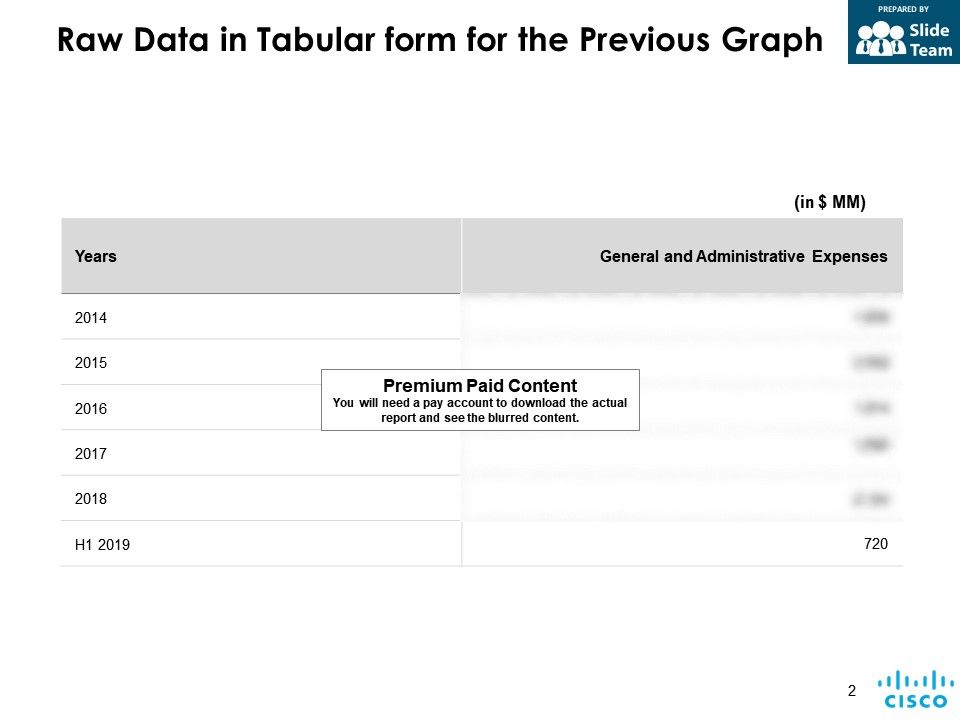Content
For example, if the amount of WIP inventory you hold is getting steadily higher, you need to investigate bottlenecks in the production process before it affects other areas of the supply chain. So, if you do quarterly reporting, you’ll need to know the ending WIP inventory for the previous quarter, which is carried over as the beginning WIP inventory for the coming quarter. Yes, monitoring your WIP inventory can be tedious, but it’s essential for effective inventory management and to check how well your supply chain is performing. Any business should always be aware of exactly what it has in stock at every stage of inventory, including WIP. The value of WIP inventory is often not the final amount, as costs for storage and transportation are added later.
What type of account is work-in-progress inventory?
Work in progress inventory is accounted for as an asset on a company's balance sheet, similar to raw materials or inventory. The general ledger account used to track work in progress is the work in progress inventory account.
Thus, your ending WIP inventory is essential to know for inventory accounting. Your total manufacturing costs to sell finished goods must take WIP inventory into account, not only for proper business management but also to keep accurate records. To determine work-in-process inventory account the worth of your current WIP inventory, you must know the final COGM. You get COGM by adding your starting WIP inventory to the manufacturing costs. The ending WIP inventory is then subtracted, giving you the final cost of manufactured goods.
Beginning Work-in-Process Inventory
Then you find that you have invested $225,000 in production costs for the quarter, and the total value of your finished goods is $215,000. In all three of these scenarios, you have unfinished goods at some stage of the process. Continue reading to learn exactly what is WIP inventory, how to calculate it, why it matters, and how it fits into a healthy supply chain. Inaccuracies in accounting can lead to a host of issues and unwanted attention. Overestimating it, on the other hand, can be equally detrimental as it creates unnecessarily high tax responsibilities.
Because WIP is time-consuming to calculate, most companies try to ensure that most of their inventory becomes finished goods before the end of a reporting period. The tracking of WIP inventory also helps determine or identify any challenges in the production process, thus enabling them to be resolved faster. Taxation– as indicated earlier, WIP is considered a current asset and is therefore subject to taxation. Undervaluing your WIP inventory can consequently lead to hefty fines from your tax authority. Conversely, overvaluing your WIP could result in paying higher taxes that aren’t the ideal requirement. Production errors– if you use an incorrect system to account for your WIP, it is quite possible that you could wind up with production errors.
The Accounting Gap Between Large and Small Companies
Deploying the ideal number of workers can help manage WIP inventory costs by optimizing your facility even without scaling the inventory itself. 3PL or third-party fulfillment company provides vital services to eCommerce businesses. They can track inventory, reach out to suppliers, manage the fulfillment process, and route everything through a single system.

Thus, managers can tamp down or increase production based on the availability of materials in bins on the factory floor. Work-in-process inventory pertains to the goods for which the manufacturing has begun, but not yet completed. Most merchants calculate their WIP inventory at the end of a reporting period (end of quarter, end of year, etc.), and are looking for their “ending WIP inventory”.
What is the accounting entry for work-in-progress?
A work-in-progress journal entry is a record that accounting professionals use to document current assets on a company's balance sheet. The items in this journal entry don't include any raw materials or finished goods.